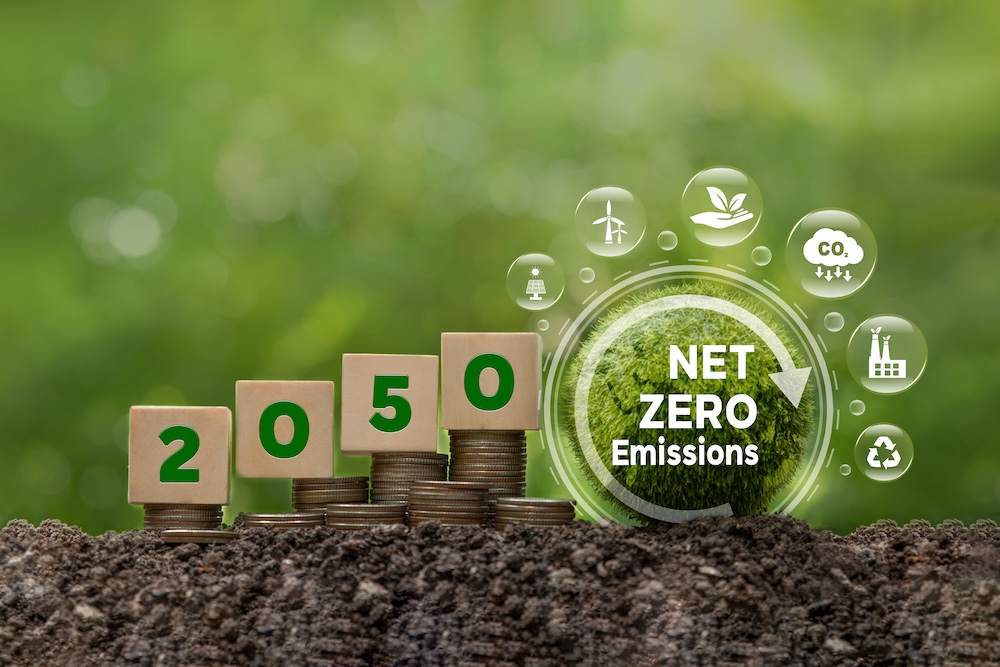Pennsylvania is a major source of greenhouse gas pollution in the U.S.
A new study has identified a path for its industries to reduce their emissions by 80% by 2050, but additional efforts are needed to achieve the goal in the industrial sector. The “Roadmap to Industrial Decarbonization” outlines specific strategies for each type of industry in the state to lower their carbon footprint.
Joe Goodenbery, senior manager for Strategen Consulting and co-author of the study, said nearly 60% of emissions come from fossil fuel combustion, and natural gas accounts for roughly two-thirds of fuel consumption in the sectors.
“For our pathway to decarbonization, we’re examining emissions from notable industrial subsectors,” Goodenbery outlined. “Including fossil-fuel extraction and delivery of iron and steel, minerals, chemicals, refining, pulp and paper, and glass, among many others.”
Goodenbery noted emissions from oil and gas systems and coal mines account for roughly 34% of industrial sector emissions. According to the report, some energy union members perceive the move toward clean energy as a negative shift, fearing job losses rather than potential gains.
Goodenbery pointed out two of the five decarbonization levers are pathways to reduce industrial emissions and help Pennsylvanians save money.
“Efficiency also offers additional benefits through cost savings to consumers because it will help lower energy bills,” Goodenbery emphasized. “Electrification can help provide heat for low- and mid-temperature heating needs, again, that would be less than 400 degrees Celsius. In most cases, these solutions can be implemented immediately with existing technologies.”
The report also examined ways to reduce carbon emissions from steel and iron production, focusing on primary and secondary steelmaking and fabrication.
Jennifer Gorman, senior analyst for Strategen Consulting and another of the study’s co-authors, explained primary steelmaking now uses mostly coal and blast furnaces.
“Material efficiency measures can also build upon these energy-efficiency reductions, and these include increased recycling and increased use of scrap steel as an input,” Gorman explained. “This could potentially lead to a 10% reduction in primary steelmaking emissions by 2050.”
Gorman added they found by using several combinations of proposed solutions, carbon dioxide emissions from Pennsylvania’s iron and steel industry could be reduced by 92% by 2050.




